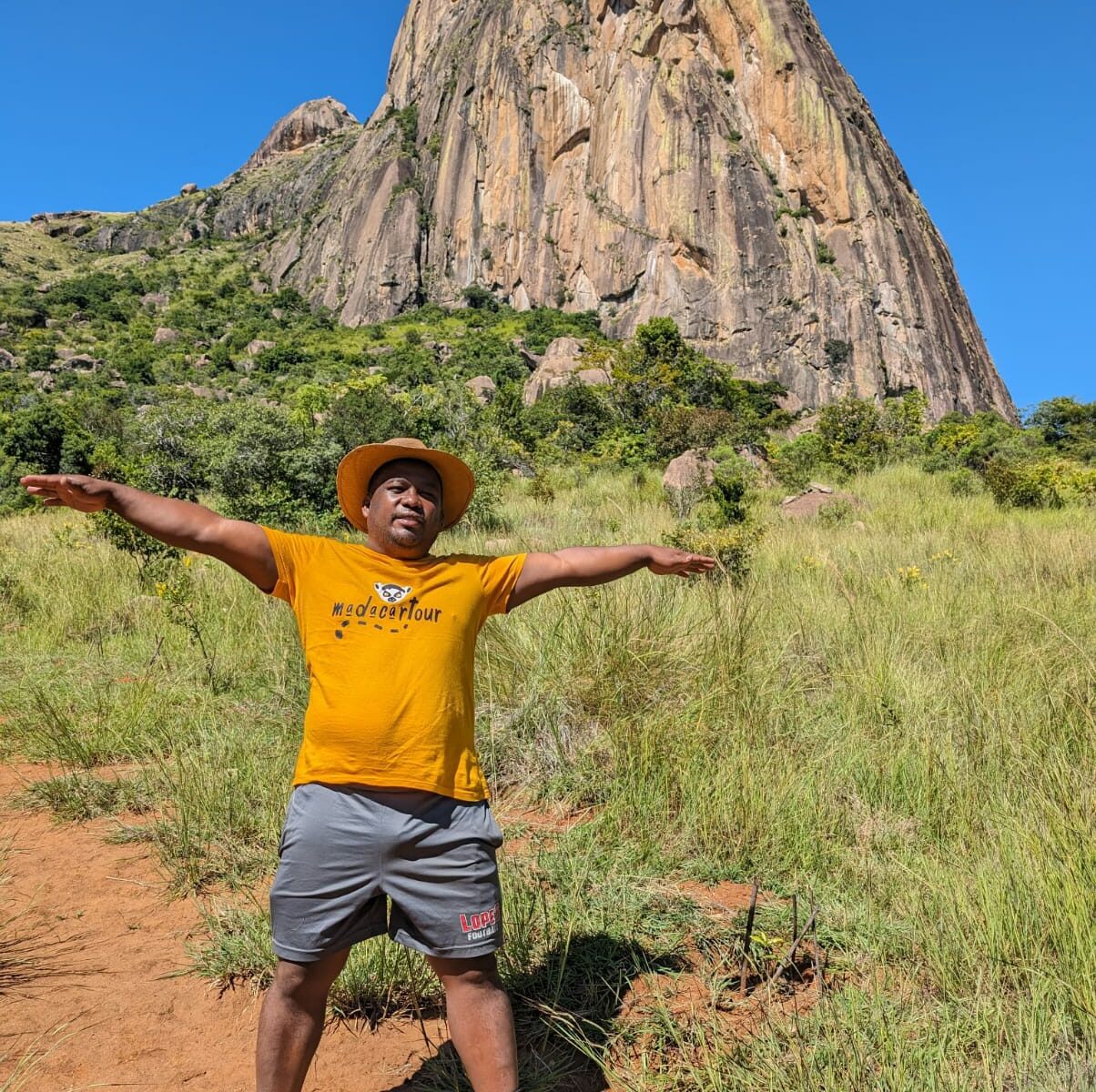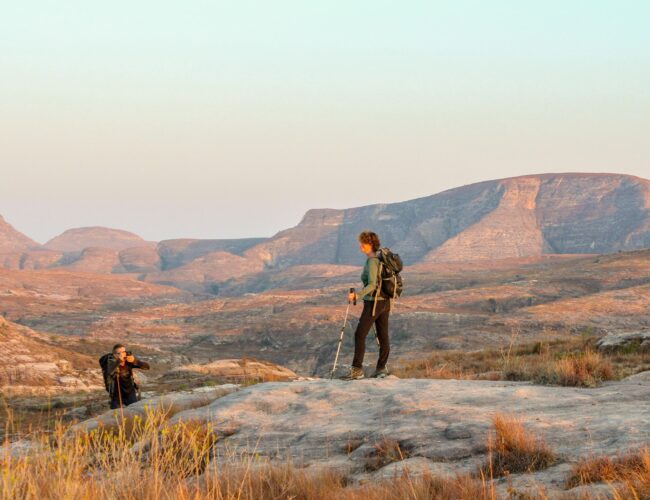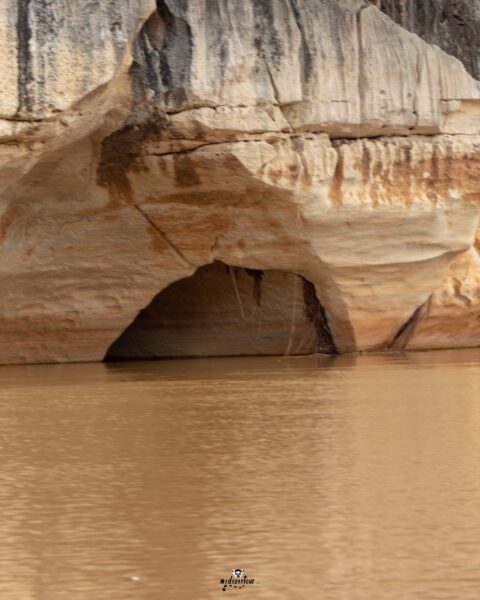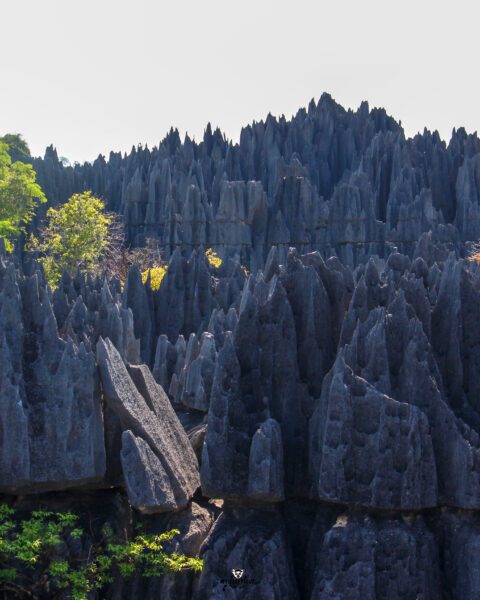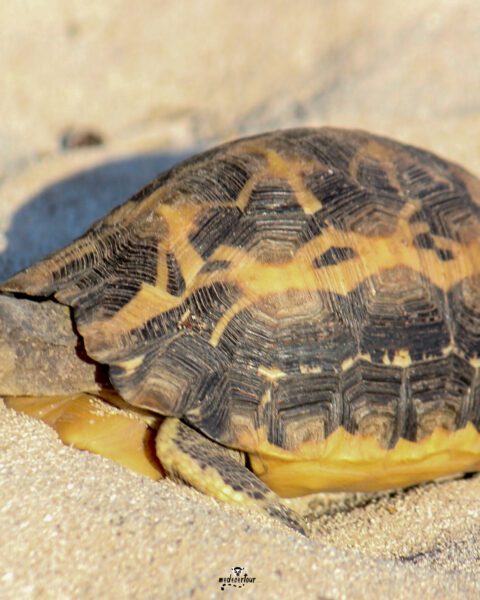The Tsaranoro Valley and Andringitra National Park, nestled in the highlands of Madagascar, offer a breathtaking combination of towering granite cliffs, verdant valleys, and challenging peaks. This region is a paradise for hikers, climbers, and adventure enthusiasts, with the added thrill of paragliding.
Tsaranoro Valley: Cliffs and Climbing:
- Granite Cliffs: The valley is renowned for its impressive granite cliffs, attracting climbers from around the world.
- Hiking and Trekking: Explore the valley’s network of trails, offering stunning views of the cliffs and surrounding countryside.
- Village Life: Experience the traditional way of life in the local villages, known for their warm hospitality.
Andringitra National Park: Peaks and Hiking:
- Pic Boby: Hike to the summit of Pic Boby (Imarivolanitra), Madagascar’s second-highest peak, offering panoramic views of the highlands.
- Lunar Landscapes: Discover the unique lunar landscapes of the high plateaus, with their rocky terrain and sparse vegetation.
- Diverse Ecosystems: Explore the park’s diverse ecosystems, including rainforests, grasslands, and high-altitude wetlands.
- Ring Tailed Lemurs: observe ring tailed lemurs in their natural habitat.
Paragliding Adventure:
- Unique Perspective: Experience the thrill of paragliding over the Tsaranoro Valley, offering a unique aerial perspective of the stunning landscapes.
- Tandem Flights: Tandem flights are available for those who want to experience paragliding without prior experience.
- Professional Pilots: Paragliding operators work with experienced and certified pilots, ensuring a safe and enjoyable experience.
Transportation and Eco-Tourism:
- Access: The Tsaranoro Valley and Andringitra National Park are accessible by road from the RN7.
- Guided Tours: Hiring a local guide is essential for navigating the park and ensuring a safe hiking or climbing experience. Madacartour works with guides who prioritize responsible tourism.
- Respect Wildlife: Maintain a safe distance from animals and avoid disturbing their natural behavior.
- Minimize Environmental Impact: Dispose of waste responsibly and avoid damaging the fragile ecosystem.
- Support Local Communities: Choose accommodations and activities that benefit local communities.
